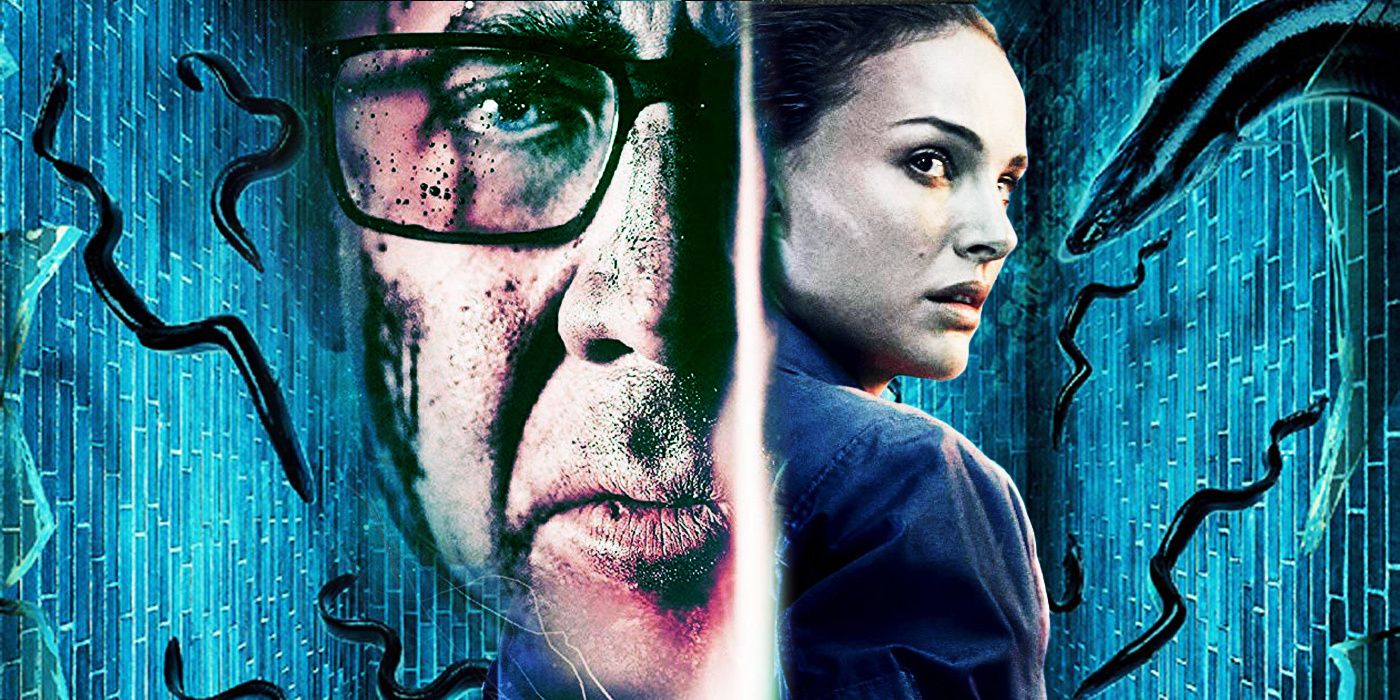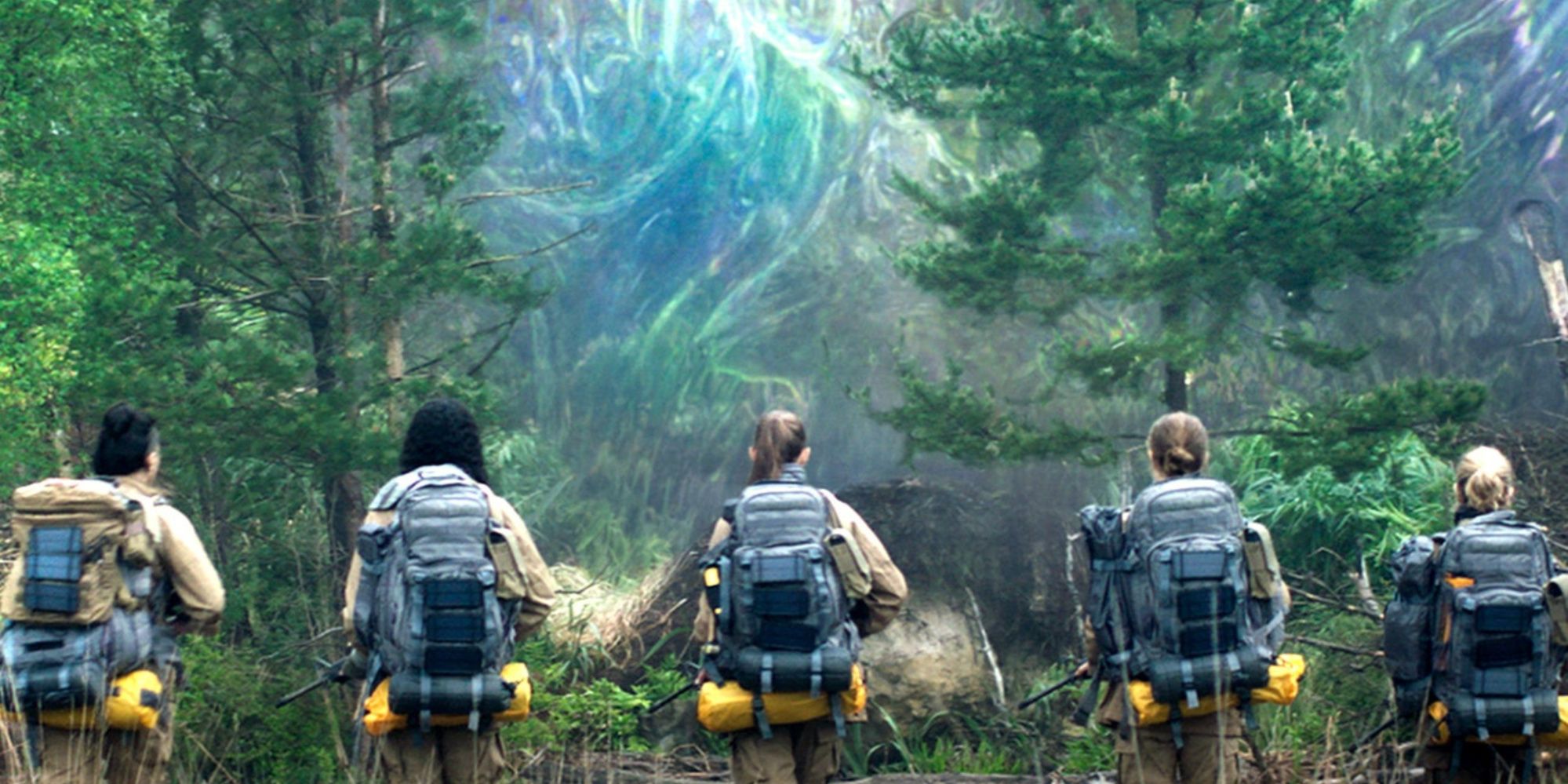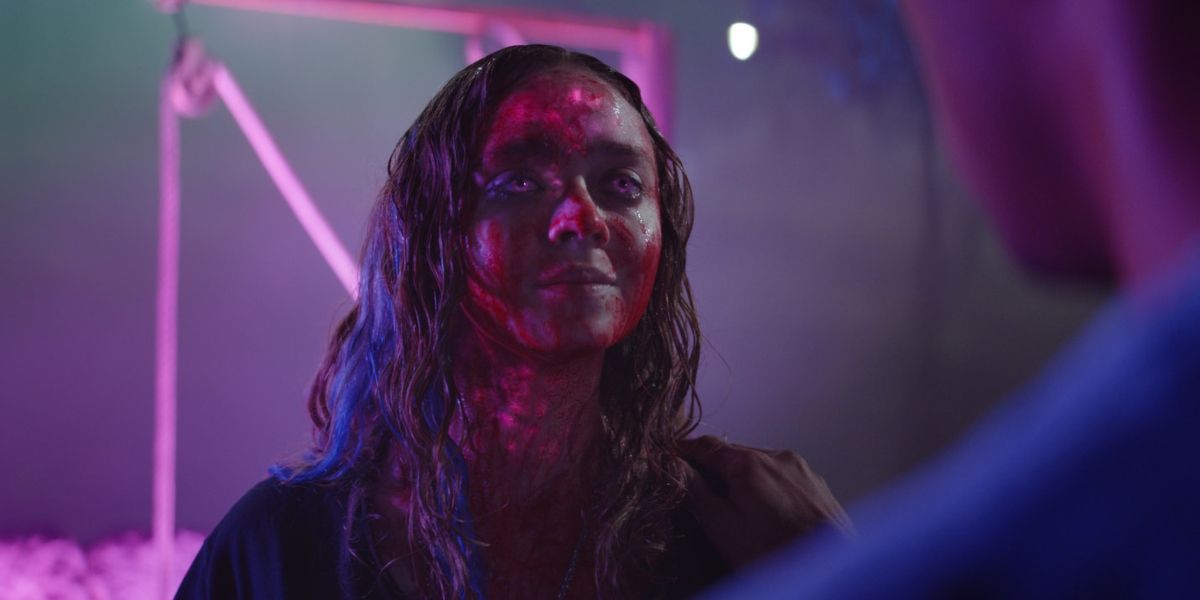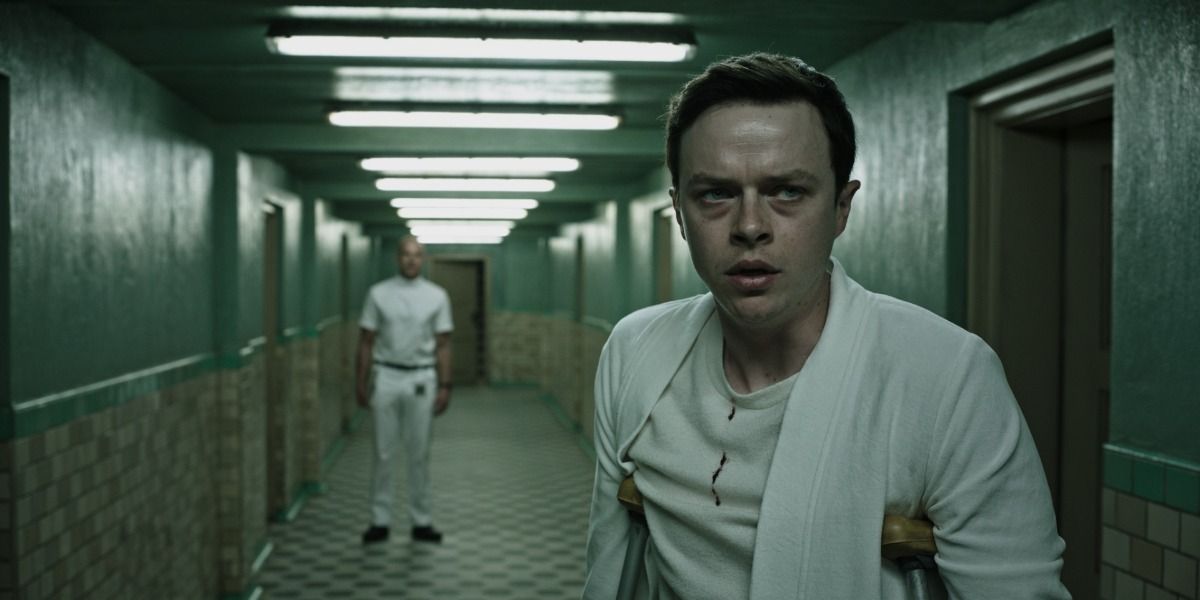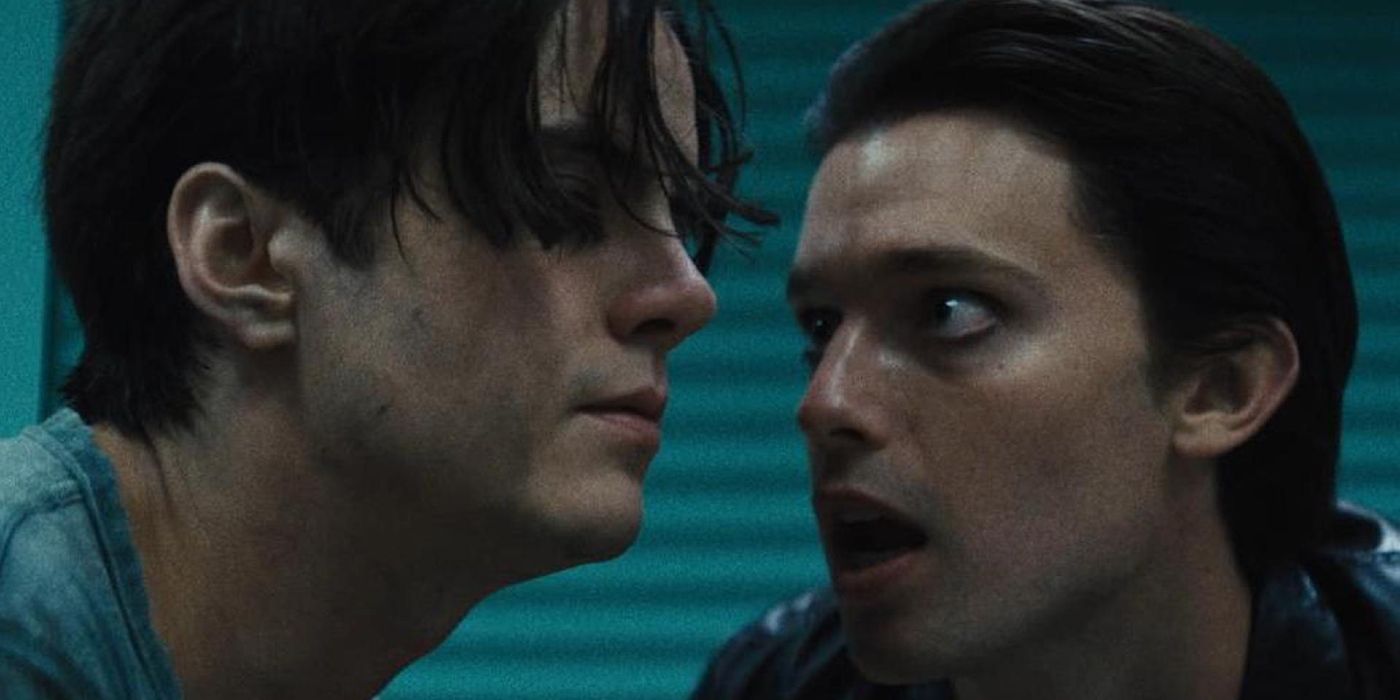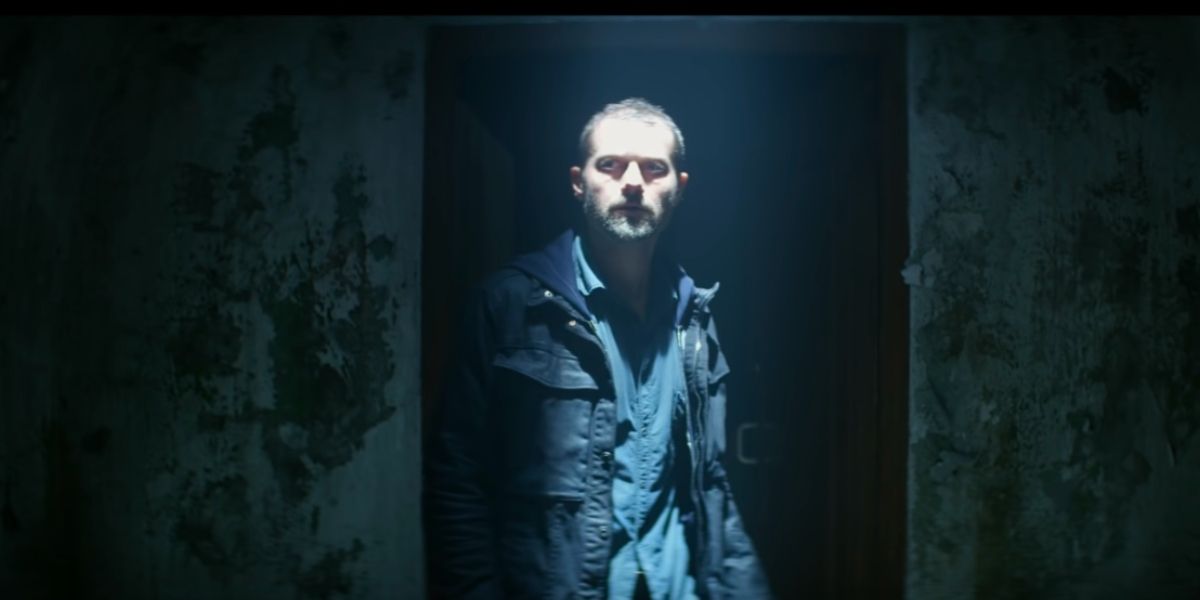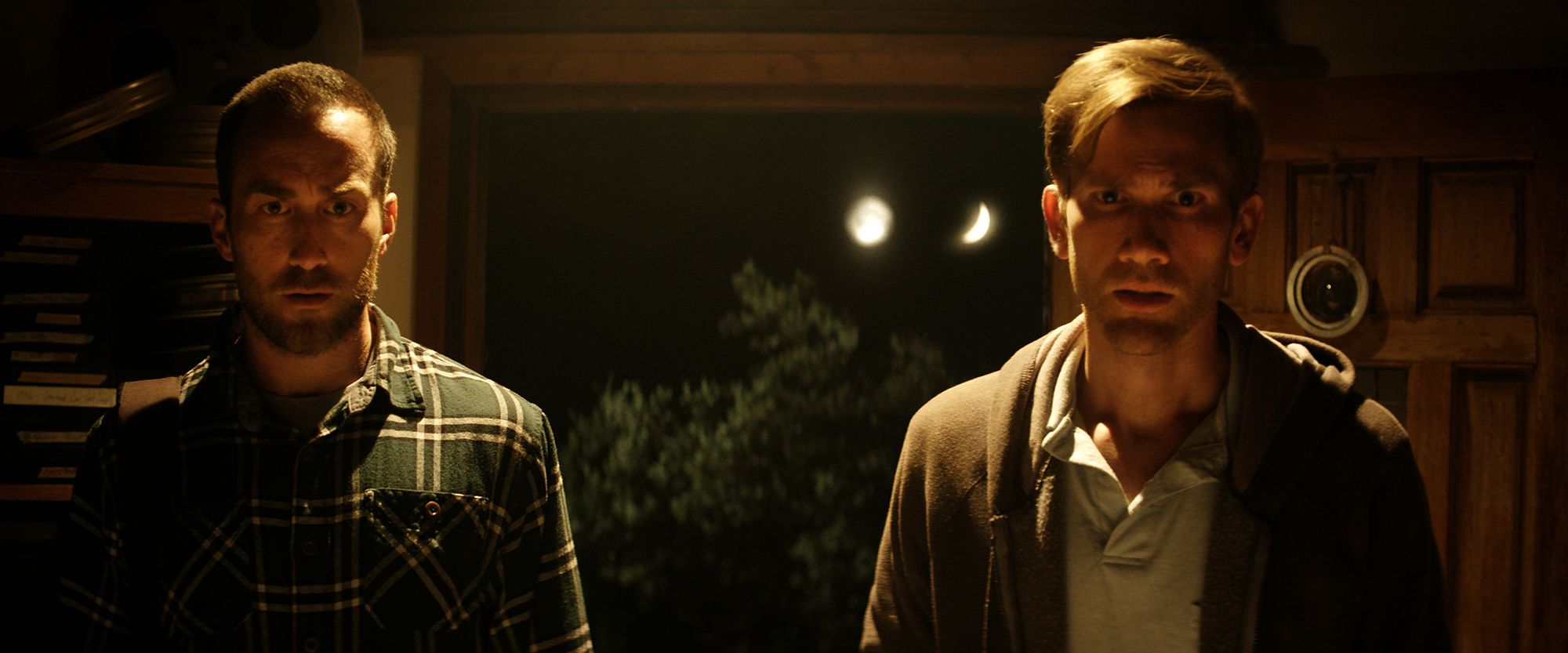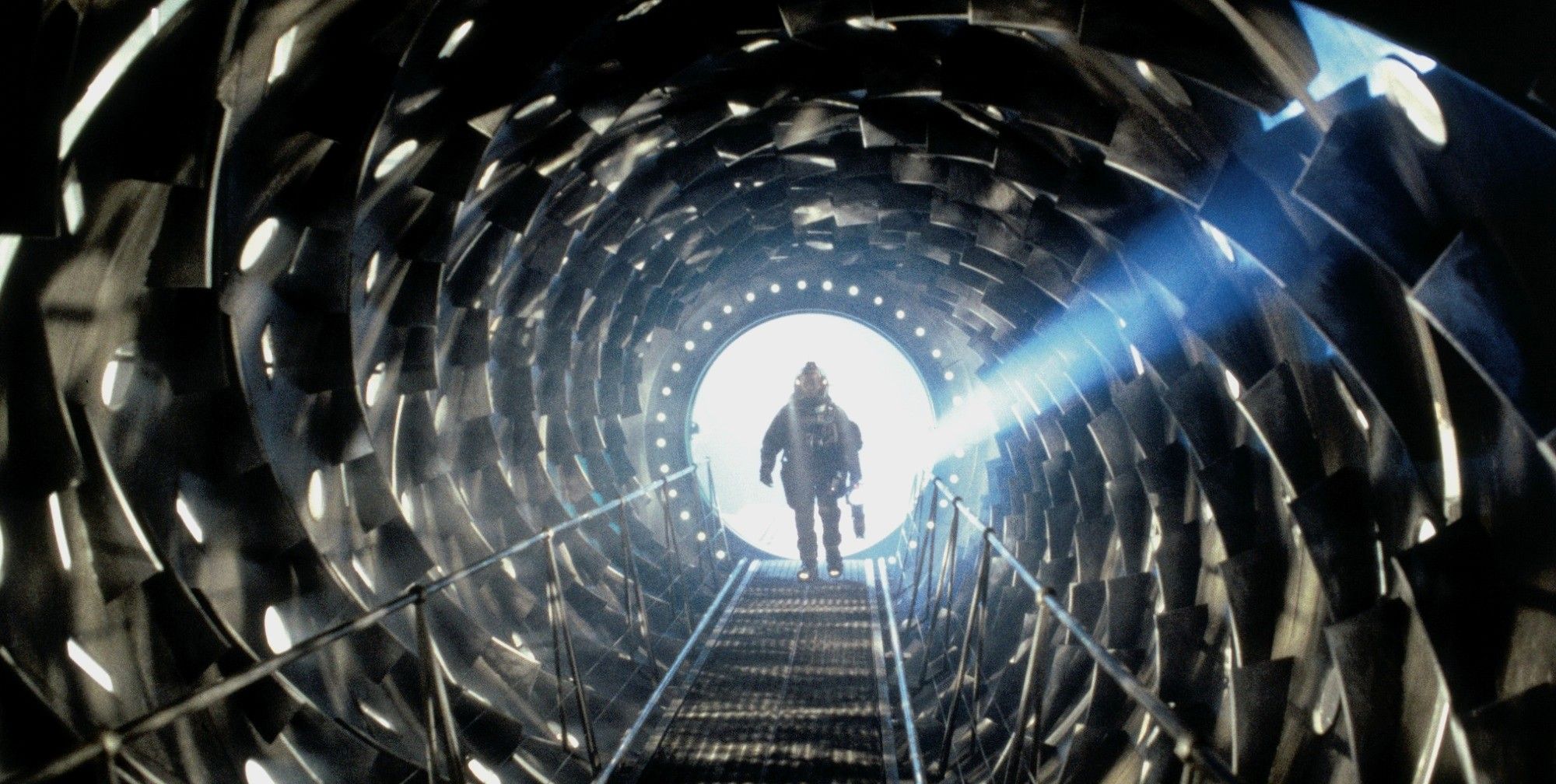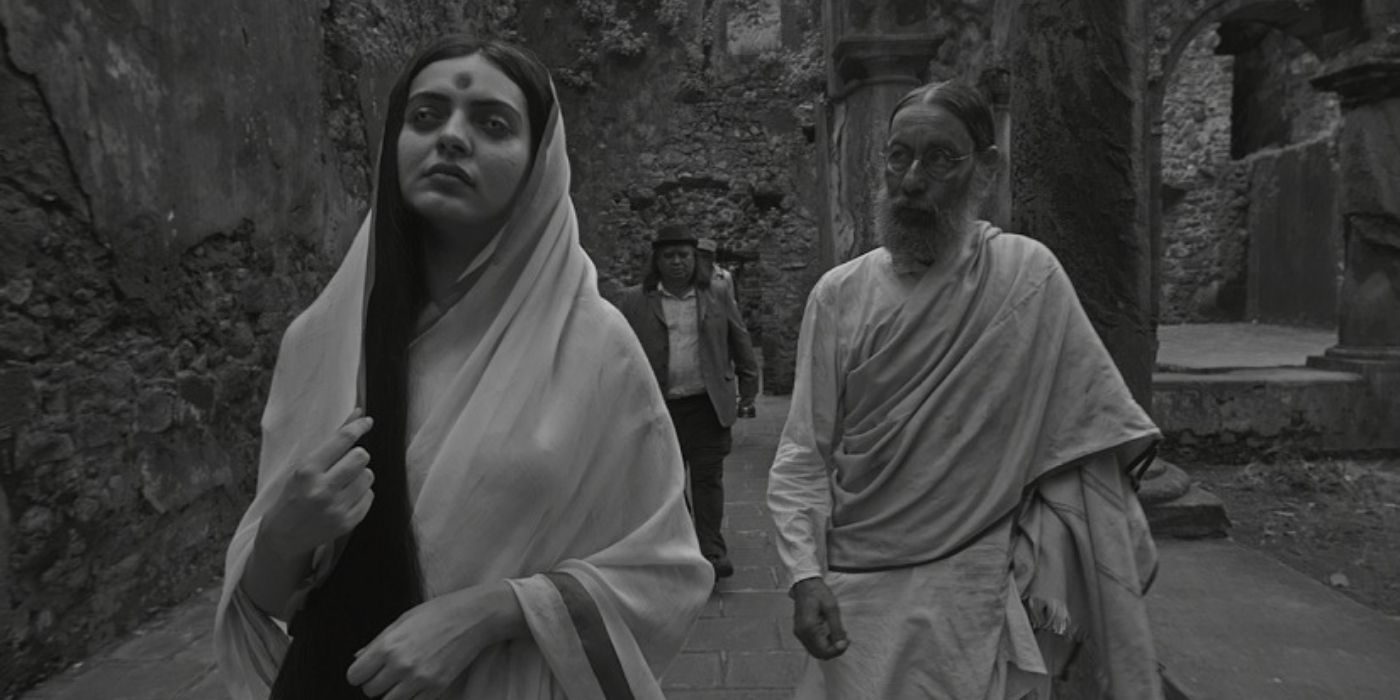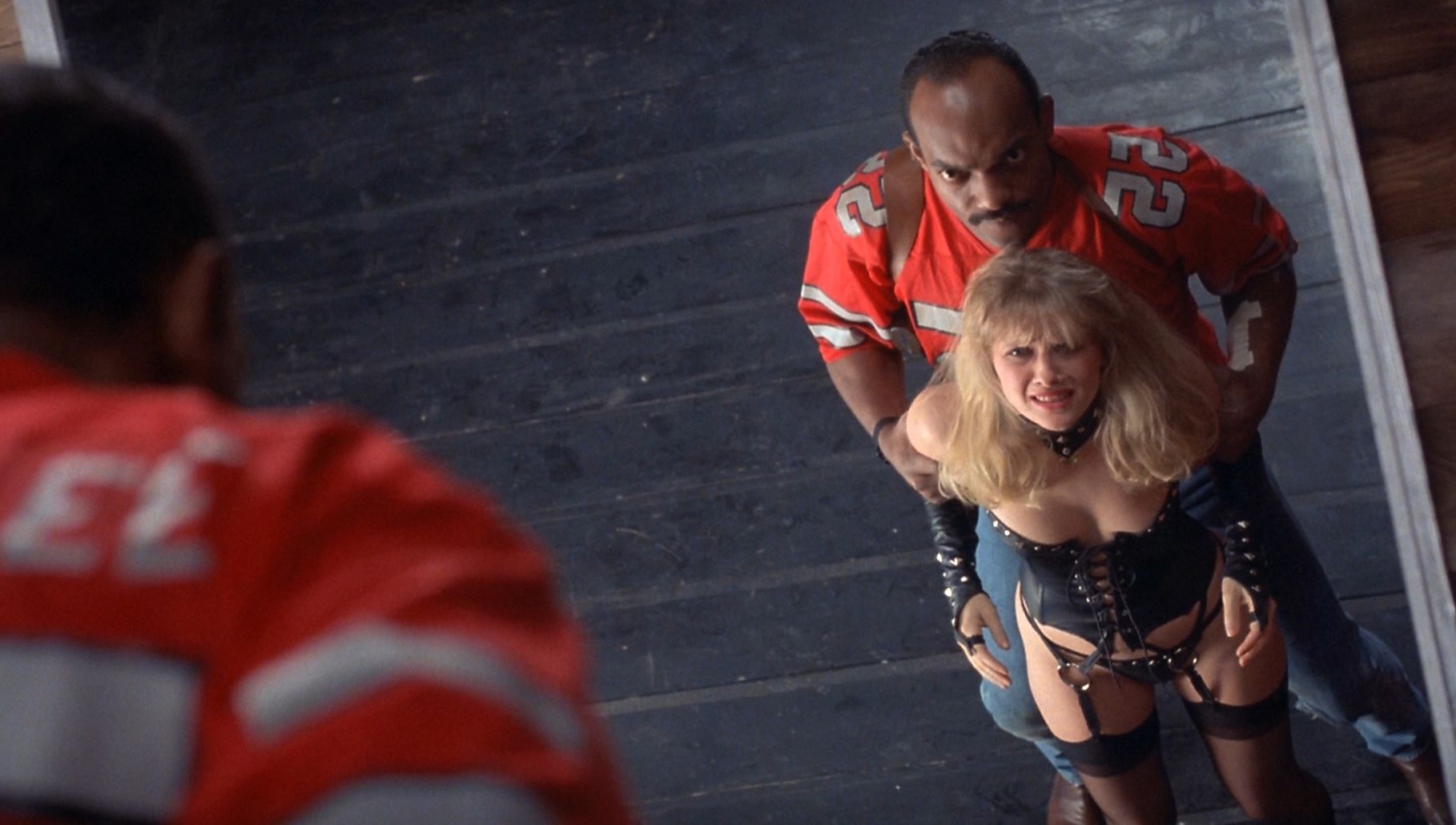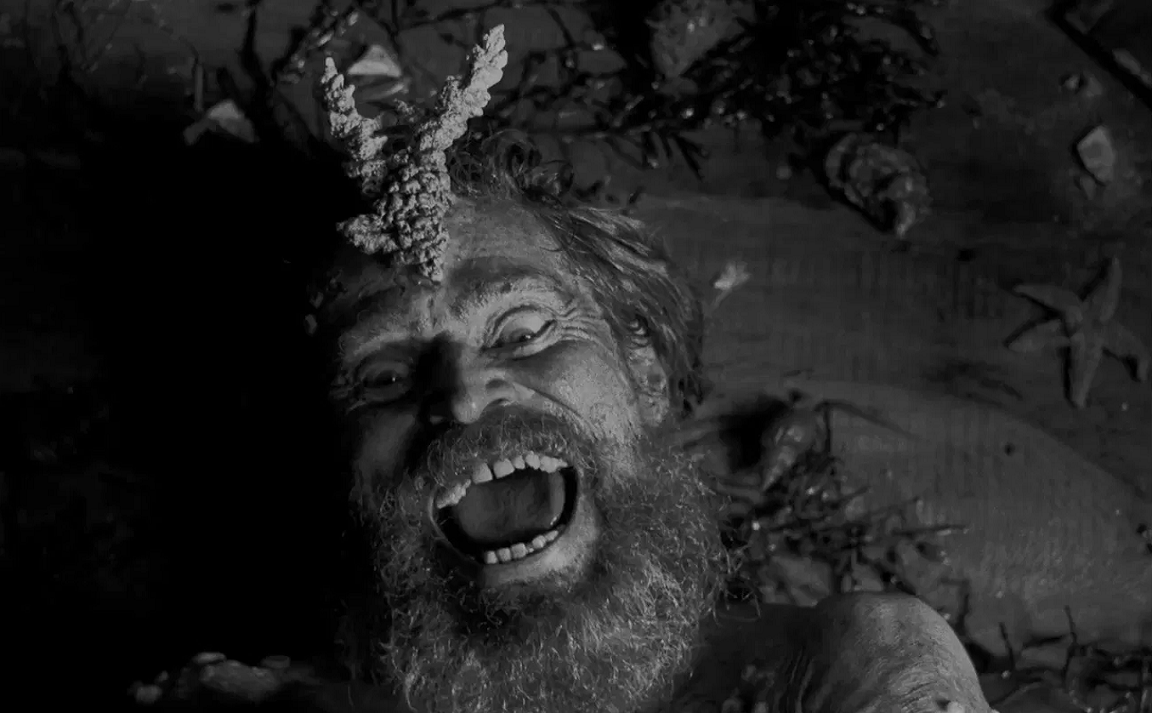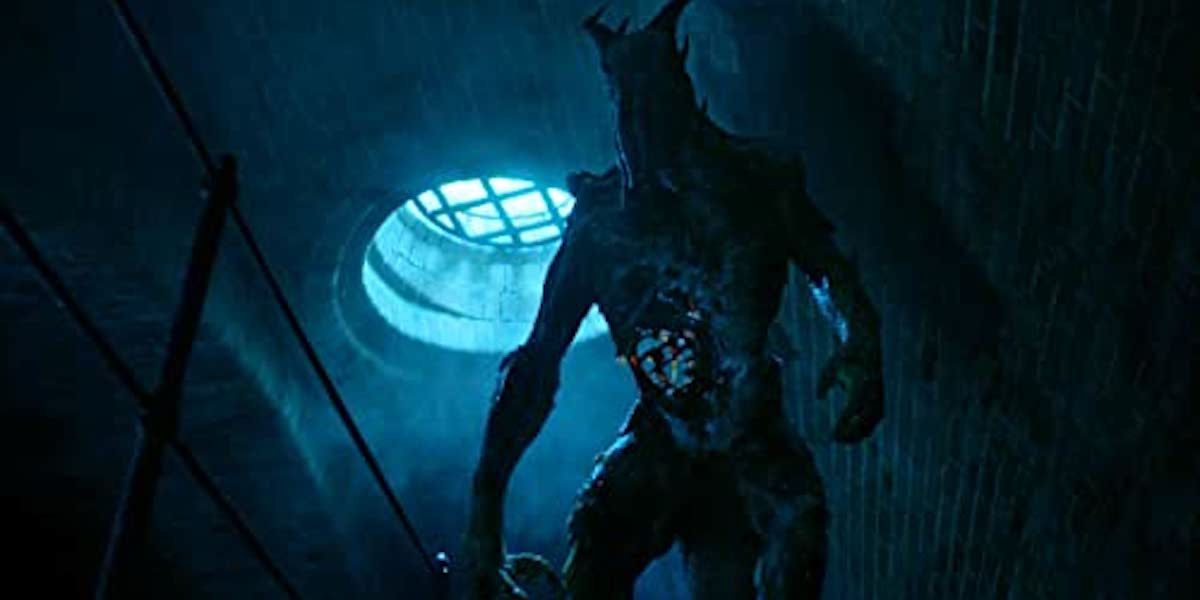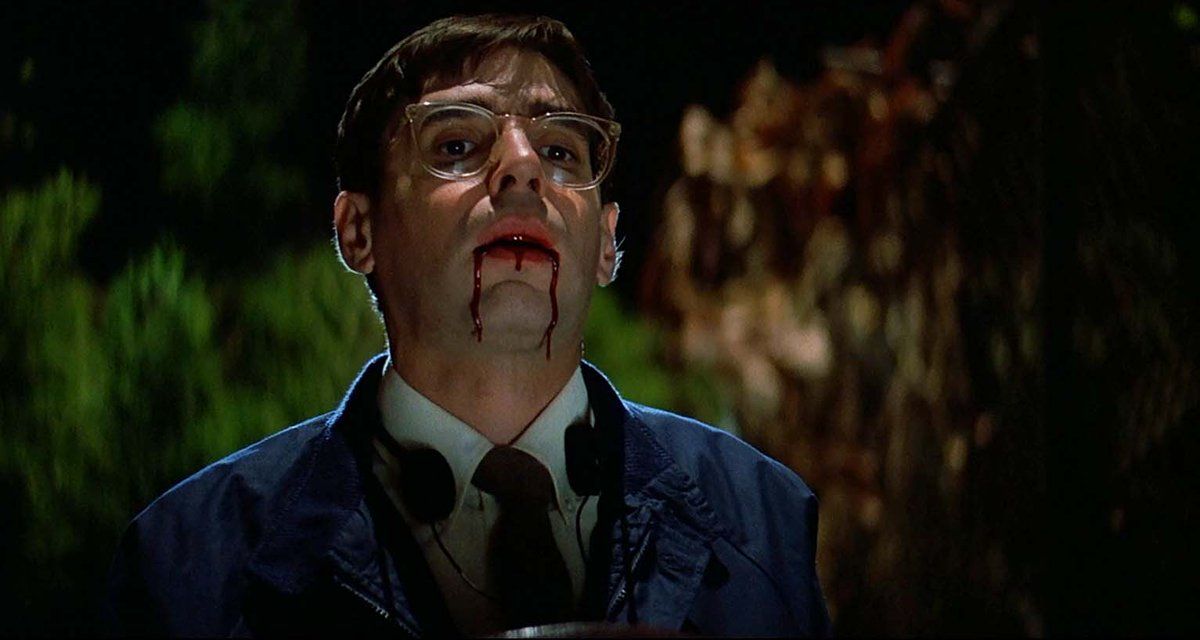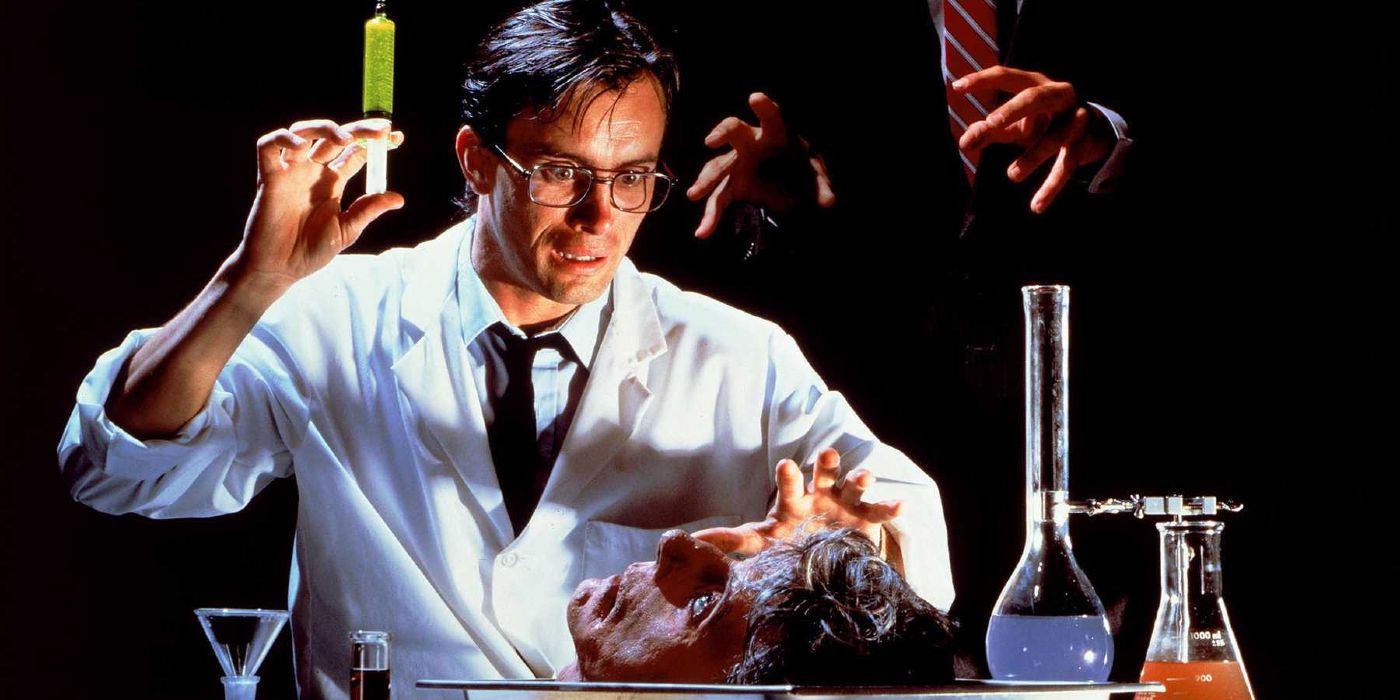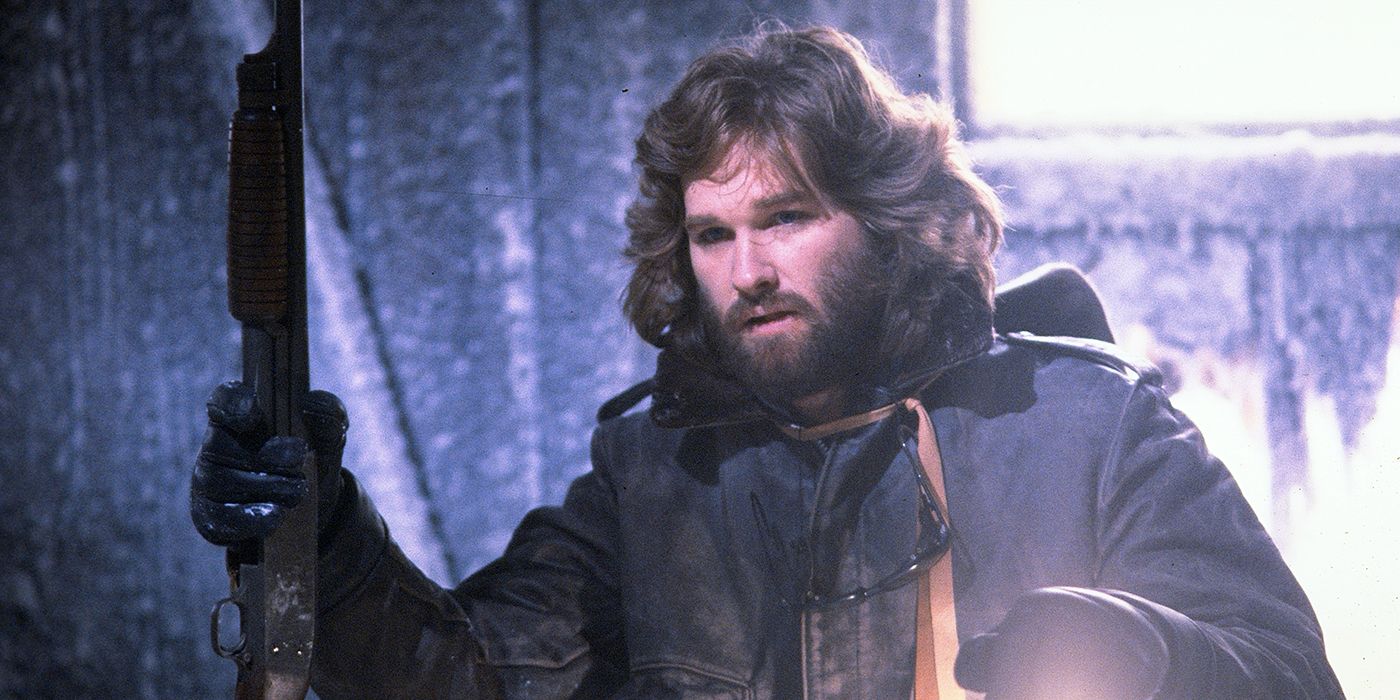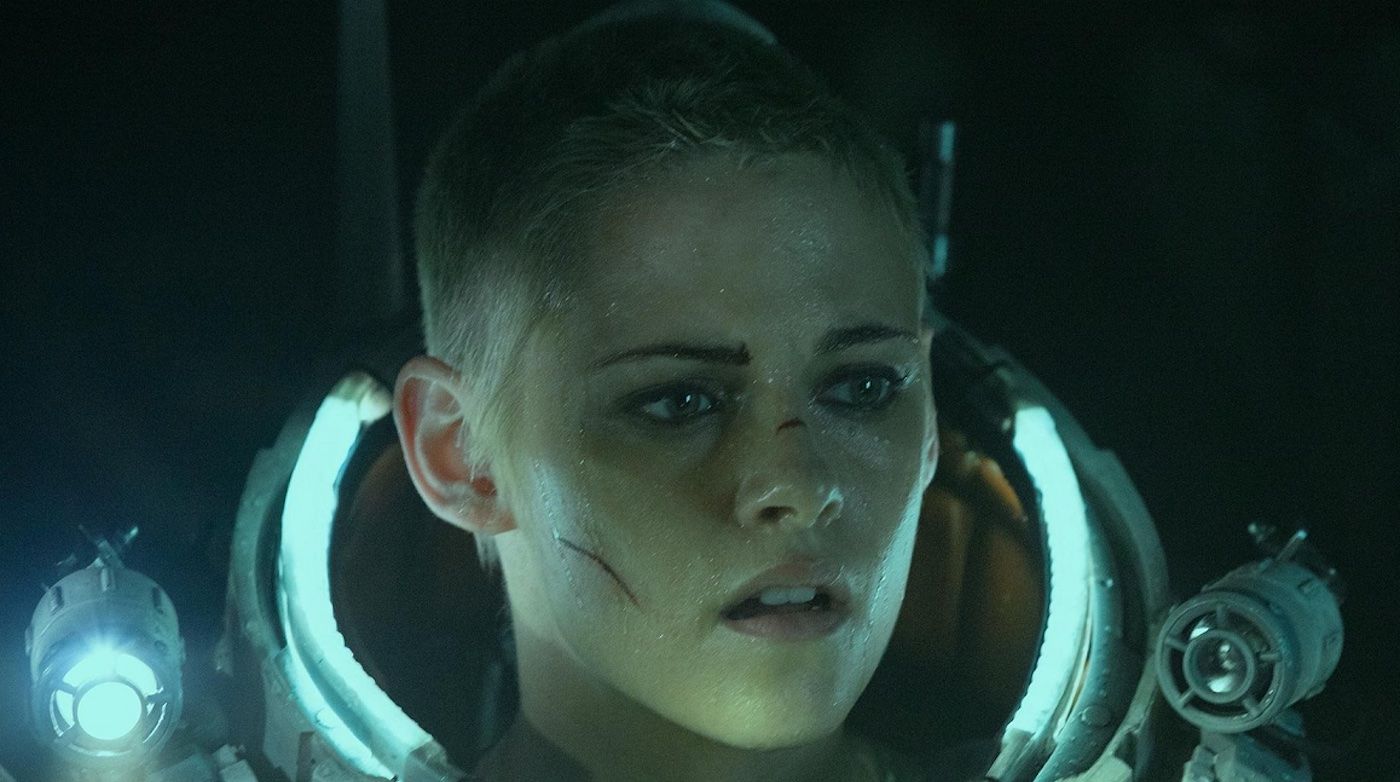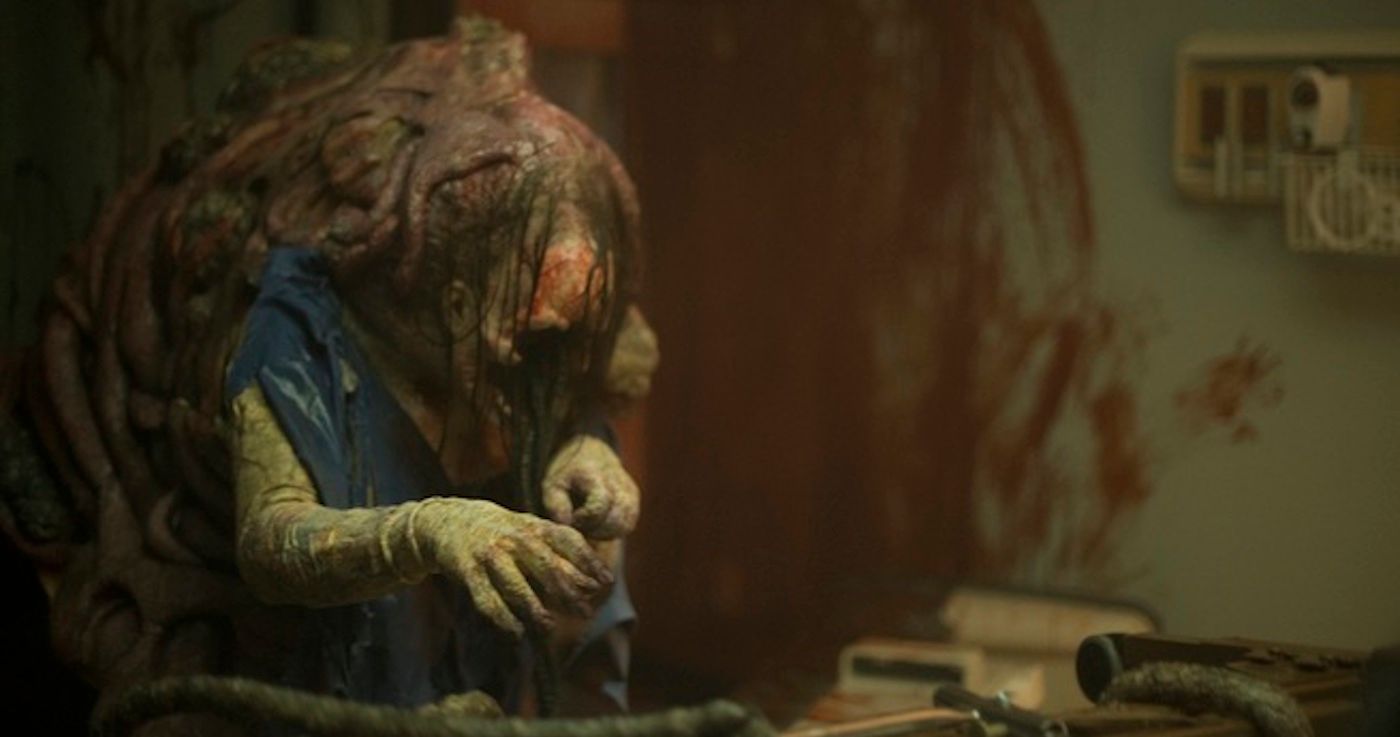100 years ago, H.P. Lovecraft carved out a vein of terror so original and bountiful that his mythology permeates popular culture still. He’s a Poe, a Shelley, a Stoker; he’s a master of crafting devilishly interesting scary stories. His signature blend of religious fiction, science fiction, and fantasy with his acute sense for the unimaginably terrifying coalesce into a timeless concoction of nightmare fuel. Like many white men whose names have endured history, he’s also a deeply unpleasant racist punk who deliberately infused much of his writing with the toxin of his prejudice. Thankfully, modern visual artists are extracting the interesting from the ignorance to adapt and craft original, horrifying tales of eldritch horror.
Eldritch horror, cosmic doom horror, science fiction, whatever the actual genre specification, magic, monsters, and titans from other dimensions are hallmarks of Lovecraftian horror stories. The man created Cthulhu–a character so immense that simply stating his name implies paragraphs of information. Body horror and incoherent madness act as obstacles to casual observers of the genre, especially when realized with disgusting accuracy by some of Hollywood's hottest VFX artists. For horror fans looking for more madness and carnage, here are 17 of the best Lovecraft adaptations or inspirations to hit the big screen.
Annihilation
While technically based on a book by Jeff VanderMeer, Annihilation solidly blends the source material with ideas from H.P. Lovecraft’s short story, The Colour Out of Space. Heady and heavy, Alex Garland’s (Ex Machina) second official directorial feature–despite the open secret of his heavy involvement in bringing Dredd to theaters–oozes emotion and oddity. Identity, change, and love are revolving thematics permeating through this disorienting sci-fi picture. The killer cast of leading ladies each feels distinct and damaged. The story follows Natalie Portman’s Lena on her quest into an expanding zone of unknown origin dubbed The Shimmer. Lena’s husband, Kane (Oscar Isaac) returned as the only person ever to traverse the bubbling rainbow wall, but he can’t recall a detail about his time beyond the shimmer. While that may not sound very Lovecraftian, the visuals, terrors, and final act should delight and discomfort science fiction and film fans alike.
Color Out of Space
From the narration in the opening to the final lines and frame, Color Out of Space is one of the purest distillations of Lovecraft’s devious world ever. SpectreVision, Richard Stanley– who was famously replaced as the director of the 90s adaptation of The Island of Dr. Moreau–and Nicolas Cage team up to deliver one of the most colorful and crazy horror movies in years. The film follows the Gardner family adjusting to life in the New England countryside when a fluorescent meteorite makes contact with their property. After the rock mysteriously vanishes, the Gardner family is thrust into a wild vortex of body horror and the unknown. Color Out of Space is over the top, no question. Nic Cage’s accents, Tommy Chong as a stoner squatter, and certain line deliveries contribute to a funky tone that creates the darkest comedy out of some truly disturbing moments. Color Out of Space is fun, far out, and f’d up. Unfortunately, Richard Stanley was accused of domestic abuse by his long-time working and romantic partner, and the co-writer of Color Out of Space, Scarlett Amaris. Following a blog post detailing several incidents of abuse, SpectreVision terminated their working relationship with Stanley and pledged the future profits from Color Out of Space to organizations that help victims of domestic abuse.
A Cure for Wellness
After a decade of crafting top-notch blockbusters, Gore Verbinski (The Ring) returned to horror with one of the most polarizing and striking horror movies of all time. A Cure for Wellness is deliciously devilish. Every frame of this slow-burn looks executed to perfection, all ordained in a soft green hue. The dynamic beauty and horror of the images captured by Bojan Bazelli–who Verbinski worked with on both The Ring and The Lone Ranger–are enhanced by the eerie set and setting. Underneath the crawling story of a young business executive searching for his CEO amongst of crowd of patients at a resort-style treatment center is a fantastical tale shrouded in mystery. Its neo-noir meets The Shining with just the right amount of Lovecraftian fantasy. And, of course, it’s Gore Verbinski; it’s painfully horrifying when it wants to be.
Daniel Isn’t Real
It feels like already saying too much just including Daniel Isn’t Real on this list, but damn does it deserve it. This trippy, intimate, disturbing picture shouldn’t stay locked away any longer. Miles Robbins’ (Blockers) robust performance as the melancholic collegiate photographer Luke is complimented by his co-star Patrick Schwarzenegger’s confident and charismatic Daniel. The duo carries the spirit of this picture from the moment the two reconnect. The small but mighty supporting cast includes Sasha Lane (Loki) and Chukwudi Iwuji (Peacemaker), demonstrating how deep the talent pool goes behind this passion project from Adam Egypt Mortimer (Archenemy). Expert lighting elevates the visual experience, enhanced by the rolling synth score composed by the man simply known as Clark (Lisey’s Story). Fans of Justin Benson and Aaron Moorhead’s (The Endless) or Ari Aster’s (Hereditary) films shouldn’t ignore Daniel Isn’t Real.
The Empty Man
The Empty Man is refreshingly original. David Prior’s debut picture is creepy and commendable. The film’s vision is only limited by its resources, imaginably. The ambition of the story, the writing, and the presentation feels like a sophomore effort, at least. It’s clear Prior’s time on set as a documentarian with expert filmmakers like David Fincher (Gone Girl), Paul Greengrass (Captain Philips), and Michael Bay (Pain and Gain) served as a learning experience. There’s some of Fincher’s photographic flair, some of Greengrass’ expressionistic camera work, but alas no massive Michael Bay-style explosions. The Empty Man is mystic and mind-bending. Rich lore rains down through conversation and demonstration. The movie balances its large cast of characters against its leading man, James Badge Dale (The Departed) well. Strong appearances by Marin Ireland (The Dark and the Wicked), Robert Aramayo (Nocturnal Animals), and Stephen Root (Office Space) strengthen the supporting cast. While it could comfortably be called a slow burn, patient viewers are rewarded by The Empty Man.
The Endless
Full disclaimer, The Endless is somewhat of a sequel. Its predecessor, The Resolution, is an even smaller-scale story rife with its own mysteries and dread; it also introduces multiple characters who play a role in The Endless. The Endless stars its directors/writer/cinematographer as its leading men, Justin Benson and Aaron Moorhead. Justin and Aaron are still adjusting to life outside of a cult that served as the only community the men ever knew. After receiving a tape recorded by their old commune, Aaron pushes Justin into returning to see if there is anyone left alive. The Endless, like The Empty Man, is limited by its resources. The themes, characters, and mythos at work are awesome. It’s no wonder they developed a pseudo third piece in their odd world starring Anthony Mackie (The Falcon and the Winter Soldier) titled Synchronic. For more Benson and Moorhead, check out Moon Knight, currently streaming on Disney+.
Event Horizon
Paul W.S. Anderson is a director whose works immediately spark debate. He’s repeatedly adapted popular video game franchises and overseen massive movie projects to mixed reception. Buried early in his filmography, just two years after Mortal Kombat (1995), is a sci-fi horror film viewers won’t ever forget. Event Horizon begins following the reappearance of a ship–the Event Horizon–seven years after it disappeared. A team of investigators including Laurence Fishburne and Sam Neill is sent in to investigate the conditions of the silent, motionless vessel and its crew. The mysteries and terrors that await them hide beyond the precipice of Event Horizon. Like several movies on this list, Event Horizon knows how to balance wondrous horrors with the acute symptoms that accompany eldritch madness. It strikes a tone between exceptionally unsettling and infinitely interesting. The effects and production design–aside from some very early CGI–hold up well even 25 years later.
The Field Guide to Evil (The Palace of Horrors)
The Field Guide to Evil is an anthology horror film featuring shorts from filmmakers across the world. These artists developed or adapted their entries based on folk stories native to their nationalities. The film includes vignettes from Severin Fiala and Veronika Franz (Goodnight Mommy, The Lodge), Can Evrenol (Baskin), Ashim Ahluwalia (Miss Lovely), and several others. Ahluwalia directed “The Palace of Horrors,” segment for The Field Guide to Evil, which is set in the jungles of India. The featurette opens with text setting the location and tone: Based on a Bengali folk legend, over the summer of 1913, deep within the ancient Sunderbans jungles, veiled from the outside world lies a crumbling palace–home to strange rites and barely-human curiosities collected by a deranged king. It’s a short few minutes of mainlined Lovecraftian nightmare fuel complete with an Englishman narrating the events in the past tense. While the rest of The Field Guide to Evil resolves to varied effect, The Palace of Horrors is as succinct and disturbing as any of them. It’s sure to delight Lovecraft loyalists the world over.
From Beyond
Stuart Gordon (Re-Animator) got to work with all his favorite people for this Lovecraft adaptation of From Beyond. Written by Brian Yuzna (director, Society), Dennis Paoli, and Stuart Gordon himself, From Beyond is far-out. Gordon reteams with Jeffrey Combs who plays the manic Crawford Tillinghast and his muse Barbara Crampton–who recently killed it in Jakob’s Wife. The story follows Tillinghast as he attempts to explain how his mentor, Dr. Edward Pretorius disappeared into an alternate plane of existence that exists unseen all around us. From Beyond is heavy on the science. It sifts some silliness and camp from the formula that made Re-Animator so enjoyable. It leaves behind the gore, science fiction, and sex–it was the ‘80s after all. Alongside SpectreVision’s Color Out of Space, From Beyond is one of the quintessential adaptations of Lovecraft's source material. Both films utilize similar color palettes and depictions of eldritch abominations disgustingly realized by practical effects. They both feature over-the-top performances by fantastic casts trapped in a pressure cooker of madness and change.
The Lighthouse
Mystery abounds in Robert Eggers' (The Witch) sophomore cabin fever feature. Where The Witch’s themes lived literally and metaphorically in each frame of the film, The Lighthouse is deliberately more obscure. Where does the film take place? How much time passes throughout the picture? What mysteries are revealed in the light atop The Lighthouse? Are the Mermaids real? Is it an interpretation of the ancient Greek myth of Prometheus? Is it eldritch horror? Only Eggers knows. Robert Pattinson (The Batman) and Willem Dafoe (Spider-Man: No Way Home) are the only two people with speaking lines in the film. They turned in two of the best performances of 2019 in this arthouse horror story. The two illuminate this stark black and white film from A24 with their banter, bickering, and their god-damned farts. There’s a thin sheet of comedy crackling behind the inky black facade of the film. It hides between the period-accurate dialect and unnerving tension built by the leading men. Just as The Witch wasn’t the most accessible scary story of 2015, The Lighthouse isn’t without its obstacles for the average viewer. But those who engage the madness of this New England Folktale will find one of the best films in A24’s repertoire.
In the Mouth of Madness
In the Mouth of Madness is the third entry in John Carpenter’s (Halloween, 1978) trilogy of doom, preceded by The Thing and Prince of Darkness. All three confront different flavors of Lovecraftian horror, be it aliens, religion, or Eldritch mania. In the Mouth of Madness falls into the latter category. Perhaps the most traditional interpretation of Lovecraft’s themes of the trilogy, the movie follows John Trent (Sam Neill) after he’s been locked up in an insane asylum. He’s trying to explain how the writings of a popular horror author, Sutter Cane (Jürgen Prochnow), are contributing to a mass event altering human biology and consciousness. Violence, madness, and monsters hide in the shadows of his delusions. Like They Live, the movie confronts mass media’s culpability in the dissemination of dangerous or false information, only it does so with much less action. Whether you’re a fan of John Carpenter, Lovecraft, Sam Neil, or horror in general, you shouldn’t miss In the Mouth of Madness.
Prince of Darkness
Religion and science fiction meet in one of the best films firmly camped in both genres. Prince of Darkness is the middle act of Carpenter’s doom trilogy. Unfortunately, it’s often overlooked amongst his 80s filmography. It’s a slow burn concerning the coming of the ultimate evil. A canister containing an evil being in liquid form is discovered hidden underneath a church in LA. The priest (Donald Pleasence) newly charged with containing this evil force enlists the help of a team of physicists to help decode the raw energy given off by the swirling liquid. The team is subjected to shared dreams, messages through time, beings from an alternate dimension, and the undead–it’s about as Lovecraftian as it gets. They must work to stop the coming of the anti-god before he exits his isolation and joins the world of the living.
Re-Animator
Another adaptation by Stuart Gordon, Re-Animator is still one of the late director’s most talked-about films. It’s bloody. It’s funny. It’s hammy and horrific. The macabre tale of a young scientist whose proprietary formula for reanimating dead cells is stolen by the undead he raised is caked in blood and comedy. Between the corpse fumbling around while its severed head condescendingly shouts at it, the odd moments of pure horror, and the dialed-up-to-11 face acting, the film feels like It pairs well alongside Dan O’ Bannon’s Return of the Living Dead. The whole cast is as frantic and expressive as any stage show, but few plays pack the same 80s sleaze Re-Animator owns in spades. It may not be the most straight-played Lovecraft adaptation, but it remains a campy good time. Plus, viewers always have From Beyond if they want a more authentic Gordon interpretation of Lovecraft's work.
Spring
It’s hard to capture the delicate beauty of Spring. It’s a powerful love story about two lonely, pained beings and the choice we all must make to welcome love into our worlds. Lou Taylor Pucci (You) plays Evan, a man on the run from his feelings following the death of his mother. Evan meets Louise (Nadia Hilker) whilst partying overseas with a couple of proper English lads. He finds a work for lodging situation on a farm with a grumbling old Italian man named Angelo (Francesco Carnelutti) and decides to camp out in Italy for a time. Likewise, Louise lives in Italy—for now. She’s a world traveler who keeps Evan at a distance, lest he discovers what's lurking beneath her skin. Lovecraft’s writing often stripped the romance out of the gothic themes, but Benson and Moorhead seem to strike the opposite balance. Spring isn’t a horror movie. It’s got a nasty moment or two, but this film is a blood and bones love story. Check out where it ranks among their filmography in this breakdown of their big features, excluding the upcoming feature, Something In the Dirt.
The Thing
The first and most beloved, chapter in John Carpenter’s doom trilogy is the special effects' spectacle, The Thing. It’s unimaginable that it flopped at the box office. The movie is more than Antarctic Alien. There isn’t one aspect of this film that isn’t exceptional. The cast is explosive, the effects are repulsive, and the tone is ominous. The droning synth score underlines the tension of this icy cabin fever creature feature. It was John Carpenter’s third film in as many years and starred the same leading man as his previous picture, Kurt Russell. The Introduction to Russell’s R.J. Macready is perfect. It demonstrates his pride, his impulsiveness, and it’s utterly hilarious. Things become remarkably less humorous as a murderous alien life form begins killing off and then perfectly copying members of this Antarctic research station. Then men must work diligently together to weed out who among them is human, and who is The Thing.
Underwater
It feels like spoiling a huge aspect of this film to include it on this list, but it freaking deserves the praise. Underwater is big-budget horror done right. It’s not perfect, but it’s a visual spectacle that balances the large-scale destruction set-pieces against the constant claustrophobic tension brought about by the setting. In a drilling station at the bottom of the Mariana Trench, a catastrophic event causes rapid destruction to much of the station. The crew must scramble to gather survivors and escape through crumbling and flooding passageways before the entire rig comes crashing down on top of them. To complicate matters, the crew starts speculating about monsters in the water, possibly preventing their escape. Underwater keeps the pressure on its poor cast of characters through the final frames. It consistently builds until it ends on the highest note it achieves, leaving the audience wanting more out of this adrenaline-inducing horror show.
The Void
Whether alphabetically or not, we’ve saved the best for last. The Void is legally distinct Lovecraft. It unapologetically bares its influences on its sleeve, and it brings them to life in sickening realization thanks to special effects masterwork from the writers/directors, Jeremy Gillespie and Steven Kostanksi (Psycho Goreman). Renowned for their special effects and makeup work, the two achieved cult filmmaker status with the development of Astron 6’s repertoire (Father’s Day, Manborg). With their previous projects diving so deep into B-movie territory, The Void feels foiled against the almost absurdist previous pictures. The Void is bursting with body horror and Eldritch ideas. The movie mostly takes place in a locked-down hospital surrounded by cultists. The limited cast including cops, nurses, and miscreants must venture deep into the bowels of the building if they’re to find a way out. Unfortunately, a discreet exit isn’t the only thing awaiting them at the other end of the building. For newcomers and old fans, The Void is the epitome of must-see Lovecraft cinema.

